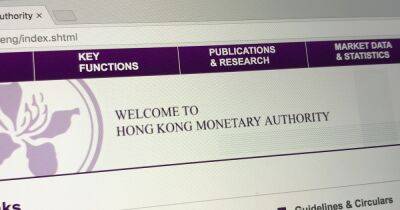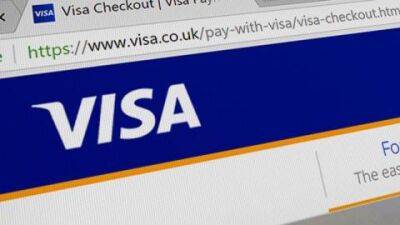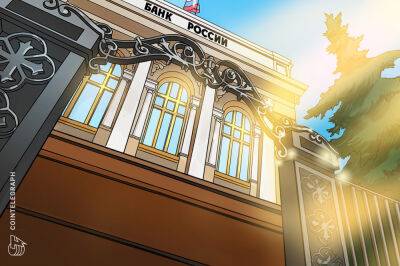Bank cards: where have all the numbers gone?
First there was the contactless revolution; now credit and debit cards are going numberless.
Increasingly, banks are relegating information such as the 16-digit long number and the expiry date to the back of the card, while a few are going the whole hog and not printing them anywhere.
For decades, bank cards broadly looked the same: fairly utilitarian, with the account holder’s name, the long number and the “valid from” and “expires end” dates all usually on the front (plus, in the case of debit cards, the account number and sort code), and the three-digit card security code typically on the back.
However, it is now increasingly common to see a fairly simple and uncluttered front, or maybe an eye-catching image (such as a bright yellow beach hut), with the numbers and other personal information printed on the back.
In early 2020, a payment service called Curve announced it had launched “the first numberless cards in Europe”. These cards, made available to the company’s investors, had all the numbers removed.
Since then, in the UK, the digital bank Chase has made a feature of the fully numberless debit card that you get with its current account. It says this adds an extra layer of security for customers. But while the move has been welcomed by some customers, others have questioned how easy it is to pay for items online or by phone.
Among the high street banks, there is certainly a trend. Barclaycard redesigned its credit cards earlier this year to remove numbers from the front, while NatWest started to roll out new-look debit cards – where “all the usual card info is now on the back” – in April.
Halifax, HSBC and First Direct are just a few of the others that have done the same.
Some will wonder whether moving the numbers to the
Read more on theguardian.com

















